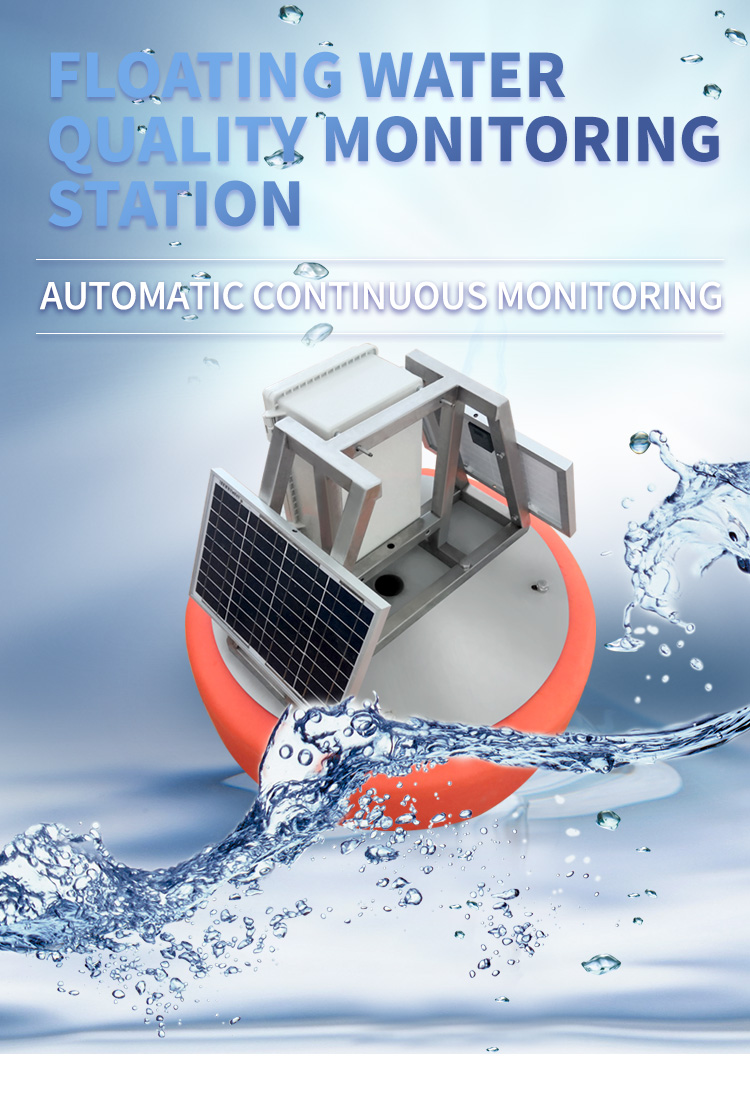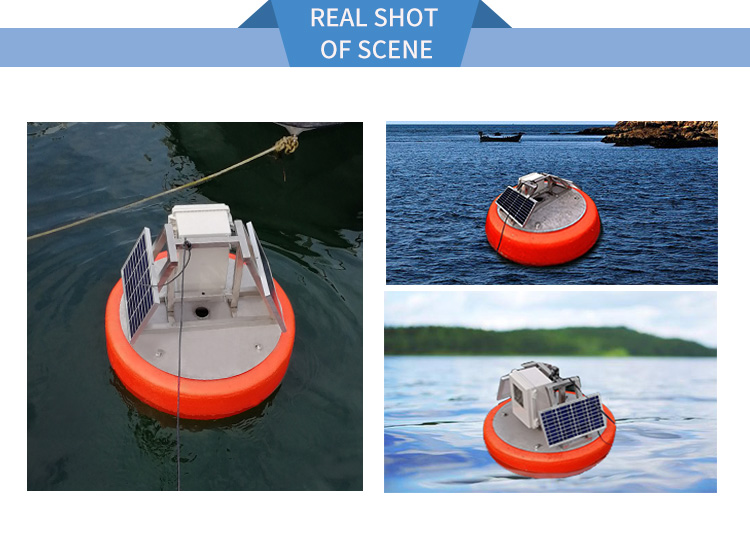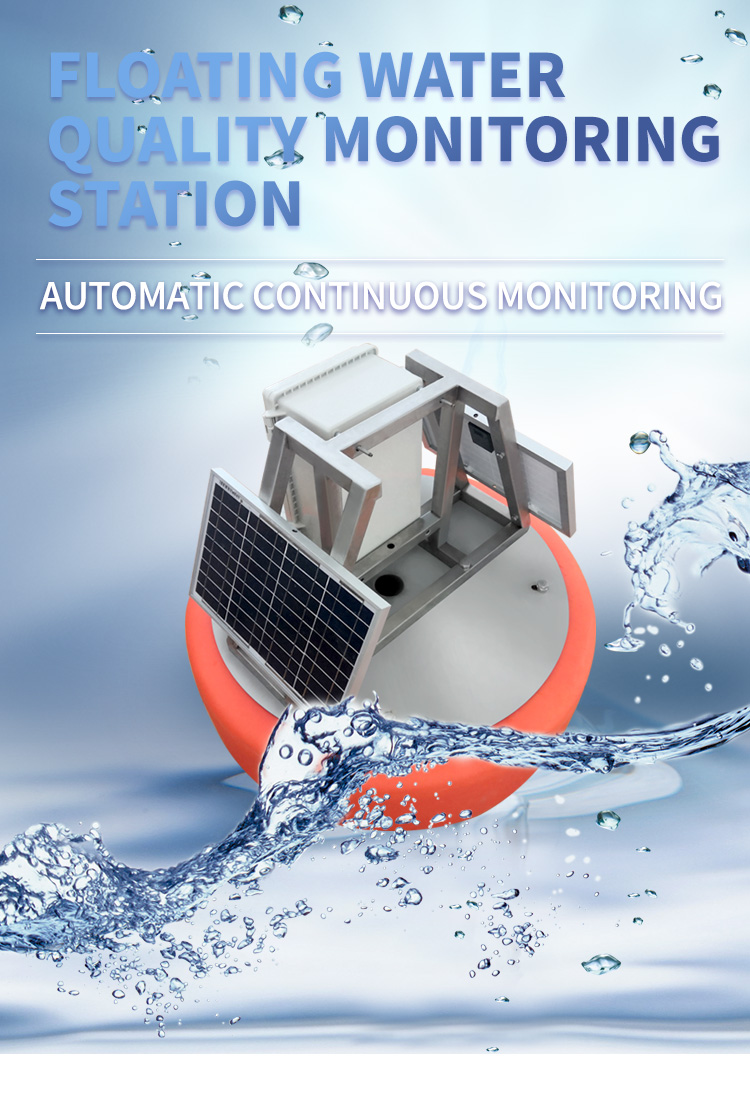Water, the elixir of life, is indispensable for the survival of all living organisms on Earth. However, with the rapid industrialization, urbanization, and agricultural activities, water bodies are increasingly being polluted, posing a severe threat to environmental health. Therefore, water quality monitoring has become a crucial aspect of ensuring the safety and sustainability of our water resources. This article delves into the importance of water quality monitoring for environmental health, exploring its significance, challenges, and future prospects.

I. Understanding Water Quality Monitoring
Water quality monitoring is the process of assessing the physical, chemical, and biological characteristics of water bodies to determine their suitability for various uses, such as drinking, irrigation, recreation, and industrial processes. It involves collecting water samples from different locations, analyzing them for contaminants, and interpreting the results to understand the overall health of the water body.
Water quality parameters can vary widely depending on the source and use of the water. Common parameters include temperature, pH, dissolved oxygen, turbidity, nutrients (like nitrogen and phosphorus), heavy metals, bacteria, and other pollutants. By regularly monitoring these parameters, scientists and policymakers can identify potential threats to water quality and take necessary measures to mitigate them.
2. The Significance of Water Quality Monitoring
A. Protecting Human Health
Clean water is essential for human health. Contaminated water can lead to various diseases, including gastrointestinal illnesses, skin infections, and even more severe conditions like cholera and typhoid. Water quality monitoring helps ensure that drinking water sources are free from harmful contaminants, protecting public health.
Moreover, monitoring water quality in recreational areas, such as beaches and lakes, is crucial to prevent the spread of waterborne diseases. By regularly testing water samples for bacteria, viruses, and other pathogens, authorities can issue warnings or close beaches when contamination levels are too high.
B. Preserving Ecosystems
Aquatic ecosystems are intricate and delicate, with many species relying on specific water quality conditions for survival. Pollutants such as heavy metals, pesticides, and nutrients can disrupt the balance of these ecosystems, leading to the decline or extinction of certain species.
Water quality monitoring helps scientists understand the health of aquatic ecosystems and identify potential threats. By monitoring parameters like dissolved oxygen, temperature, and nutrient levels, they can detect early signs of stress in aquatic populations and take steps to protect them.
C. Supporting Sustainable Agriculture
Agriculture is heavily reliant on water, and the quality of this water can significantly impact crop yields and soil health. Irrigation water contaminated with salt, heavy metals, or pesticides can damage crops and reduce their nutritional value.
Water quality monitoring in agricultural areas helps farmers make informed decisions about water use. By testing irrigation water for contaminants, farmers can identify and mitigate potential risks to their crops, ensuring sustainable agricultural practices.
D. Ensuring Economic Stability
Water quality is closely linked to economic stability. Contaminated water can disrupt industries, such as fishing, tourism, and manufacturing, leading to significant economic losses. By monitoring water quality, policymakers can prevent these disruptions and protect the livelihoods of communities reliant on water resources.
Moreover, clean water is essential for the development of new industries and technologies. As countries strive to diversify their economies and attract foreign investment, ensuring high-quality water resources becomes a critical factor in economic growth.
3. Challenges in Water Quality Monitoring
Despite its importance, water quality monitoring faces several challenges. These challenges can be grouped into three main categories: technical, financial, and institutional.
A. Technical Challenges
Advances in technology have improved the accuracy and efficiency of water quality monitoring. However, there are still limitations in the detection and measurement of certain contaminants, particularly emerging pollutants like pharmaceuticals and microplastics.
Moreover, the spatial and temporal variability of water quality parameters can make it difficult to obtain representative samples. Water bodies can experience rapid changes in conditions due to weather, tides, and human activities, making it challenging to capture accurate data.
B. Financial Challenges
Water quality monitoring requires significant financial investment in equipment, personnel, and data analysis. In many developing countries, the lack of funding can limit the scope and frequency of monitoring programs, leading to gaps in data and potential risks to public health and the environment.
C. Institutional Challenges
Effective water quality monitoring requires coordination among multiple stakeholders, including governments, non-governmental organizations, private companies, and communities. However, institutional fragmentation and lack of clear mandates can hinder collaboration and lead to inefficiencies in monitoring efforts.
Moreover, the political and economic interests of powerful stakeholders can sometimes influence water quality monitoring outcomes, leading to a lack of transparency and accountability.

4. Future Prospects for Water Quality Monitoring
Despite these challenges, the future of water quality monitoring looks promising. Advances in technology, such as remote sensing, artificial intelligence, and machine learning, are transforming the way we monitor water quality.
A. Remote Sensing
Remote sensing technology uses satellites, drones, and other aerial platforms to collect data on water quality from afar. This technology can provide real-time, high-resolution data on water temperature, turbidity, chlorophyll content, and other parameters, allowing scientists to monitor water quality over large areas with minimal effort.
B. Artificial Intelligence and Machine Learning
Artificial intelligence (AI) and machine learning (ML) algorithms can analyze vast amounts of water quality data, identifying patterns and trends that may not be apparent to human analysts. These algorithms can predict future water quality conditions, enabling policymakers to take proactive measures to protect water resources.
Moreover, AI and ML can improve the accuracy and efficiency of water quality monitoring by automating data collection, analysis, and reporting processes. This can reduce the workload on human analysts and allow them to focus on more complex tasks.
C. Community-Based Monitoring
Community-based monitoring programs involve local communities in the monitoring of their water resources. These programs can provide valuable data on water quality conditions that may not be captured by traditional monitoring efforts.
Moreover, involving communities in monitoring efforts can increase their awareness and stewardship of water resources, leading to more sustainable practices. By empowering communities to monitor and protect their water resources, policymakers can build a stronger, more resilient water management system.
5. Conclusion
Water quality monitoring is a critical aspect of ensuring the safety and sustainability of our water resources. By protecting human health, preserving ecosystems, supporting sustainable agriculture, and ensuring economic stability, water quality monitoring plays a vital role in maintaining environmental health.
Despite the challenges it faces, the future of water quality monitoring looks promising. Advances in technology, such as remote sensing, AI, and ML, are transforming the way we monitor water quality, making it more accurate, efficient, and accessible. Moreover, community-based monitoring programs are empowering local communities to take ownership of their water resources, leading to more sustainable practices.
As we continue to face the challenges of pollution, climate change, and population growth, the importance of water quality monitoring will only increase. By investing in this critical area, we can ensure a healthier, more sustainable future for our planet and its inhabitants.







